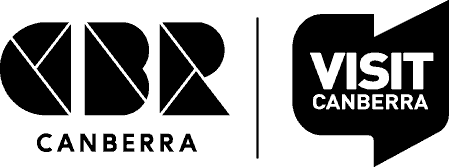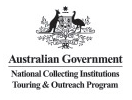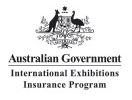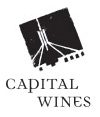Encounters: Revealing Stories of Aboriginal and Torres Strait Islander Objects from the British Museum featured rare Aboriginal and Torres Strait Islander objects from the British Museum. This groundbreaking exhibition revealed the voices, emotions and stories connected to these powerful objects.
Encounters was on show at the National Museum of Australia from 27 November 2015 to 28 March 2016.
Explore more on Encounters
Check out our free online Encounters classroom resource, supporting teaching and learning about Indigenous history and culture.
Explore key events in Australian history or contribute your own.
Acknowledgements
Image: Galamba (spear) with point made from a horseshoe, 2006, by Nuggit Gooditt, Ngarinyin people, Gibb River station, Kimberley, 265.5 x 3 cm. Mowanjum Aboriginal Art and Culture Centre. National Museum of Australia







